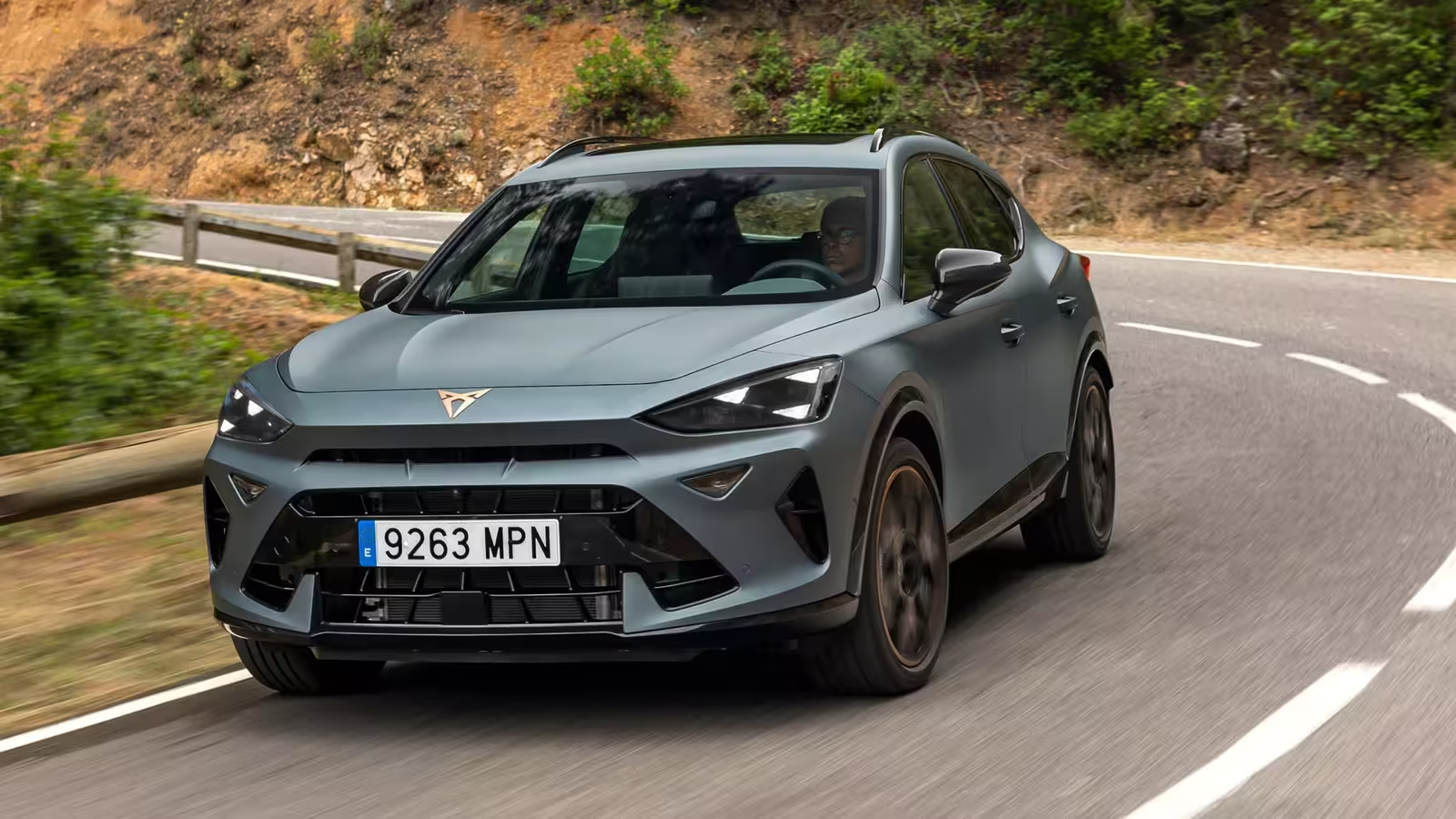3 Minutes
Cupra’s North American Ambitions Stalled as Global Auto Industry Shifts
Volkswagen Group’s dynamic performance sub-brand, Cupra, recently celebrated a milestone with its best-ever half-year global sales. Yet, while international demand surges for Cupra’s high-performance vehicles, the brand has announced a major change to its expansion plans: its much-anticipated entry into the US automotive market has now been postponed indefinitely.
Exploring the Reasons Behind Cupra’s Delayed Arrival
Cupra’s decision to hit pause on its United States launch by 2030 is rooted in the changing automotive landscape. The brand cites significant challenges such as fluctuating market demands, a tempering in electric vehicle (EV) adoption across North America, and new trade policies resulting in higher import tariffs. Under a revised trade agreement between the US and the European Union, European auto imports will be facing a 15% tariff—up considerably from the former 2.5%. This move dramatically impacts the cost structure for both manufacturers and potential US customers.
Ambitious Product Portfolio for the US Market
Cupra had big plans for American car enthusiasts. The company intended to debut stateside with two electric crossovers: a fully electric successor to the popular Formentor SUV and a larger, all-electric SUV designed for the growing American appetite for family-sized vehicles. The latter was set to be built at a Volkswagen Group facility in North America, likely in Mexico—a region now contending with steep 30% tariffs on car exports to the US. Additionally, talks were underway with major dealer networks like Penske to introduce Cupra’s range of electric, plug-in hybrid, and combustion vehicles.
Vehicle Specifications, Design, and Market Positioning
Cupra has become synonymous with bold design, sharp dynamics, and motorsport-inspired engineering. Their electric crossovers were expected to feature cutting-edge powertrains, advanced in-car technology, and sporty yet practical interiors—all core elements attracting performance-oriented drivers and EV early adopters. Compared to rivals like Tesla’s Model Y and Ford Mustang Mach-E, Cupra models offer a unique blend of European flair and driving excitement, aiming to carve out a premium niche in the fiercely competitive US electric SUV segment.
Cupra Remains Focused on Future Market Opportunities
While North American fans may be disappointed by this postponement, Cupra emphasizes that it is not abandoning its US ambitions altogether. According to Sven Schuwirth, Executive Vice-President for Sales, Marketing, and Aftersales, the brand will continue to closely monitor global market dynamics and adjust its timing and strategy to fit its long-term goals. Should the trade climate improve over the next several years, the dream of seeing Cupra’s high-performance EVs cruising American roads may still become reality.
Tariffs Impact Cupra Globally but Growth Remains Strong
The impact of tariffs isn’t limited to US expansion. Cupra’s China-built Tavascan electric SUV also faces steep duties when imported into Europe, with a combined tariff of over 31%. Despite these obstacles, the brand continues to thrive globally, reporting a 33.4% increase in deliveries to 167,600 vehicles in the first half of 2025. This success illustrates Cupra’s growing reputation for offering innovative, design-forward, and thrilling cars—even as it navigates new industry hurdles.
Source: carscoops



Comments